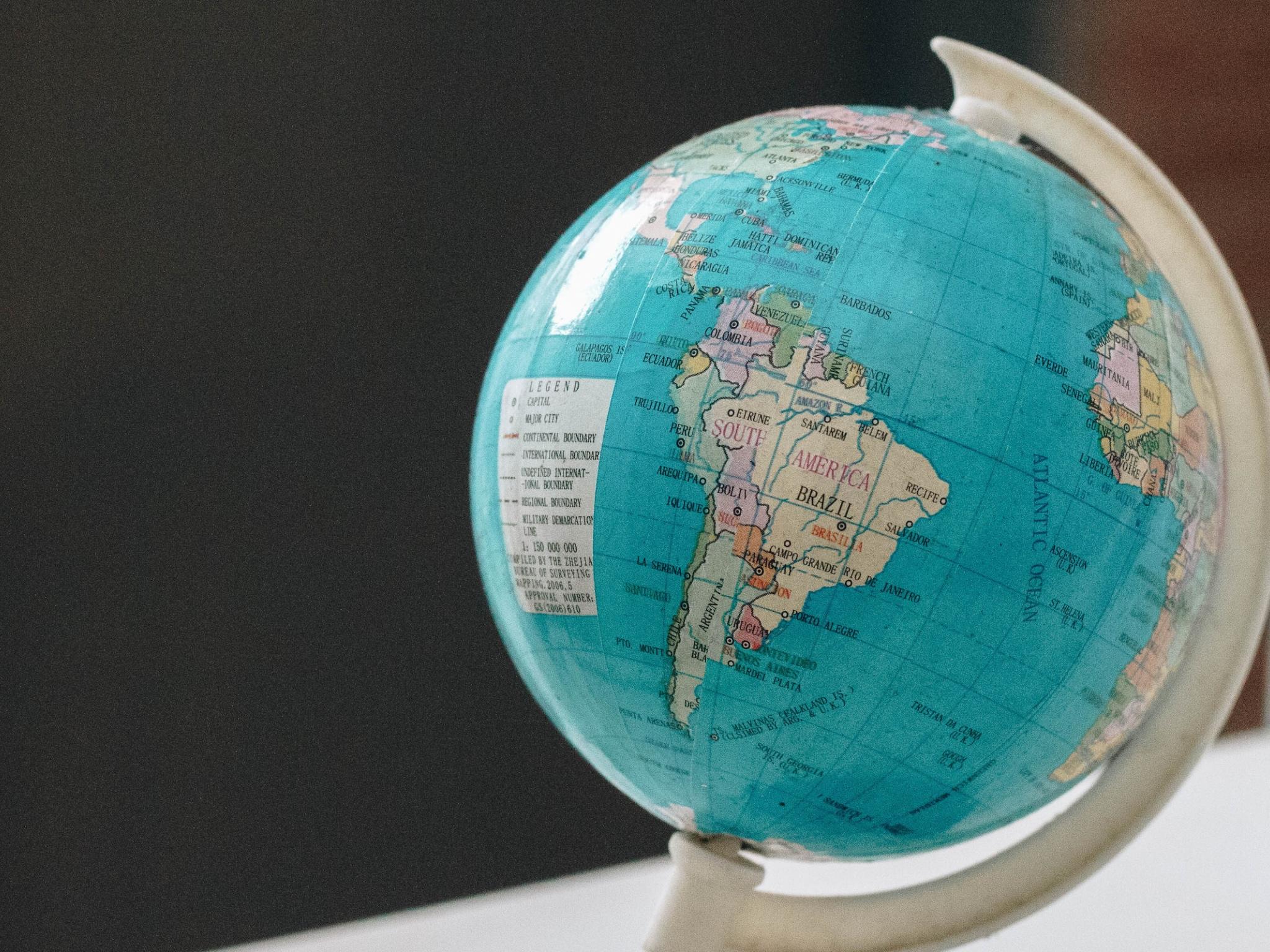
The history of colonialism and natural resource pillage has left an indelible mark on the people of South America. In the 21st century, commodities for export like soy, cane and corn, have become a dominant driver of economic growth and at the same time, a means to fund social policy, pay insurmountable amounts of debt and stabilize the national balance of payments -the difference between the inflow and outflow of foreign exchange.
As legalization advances in the region, cannabis exports are often portrayed as the golden ticket to solving development challenges such as attracting foreign direct investments, gaining liquidity in foreign currency, adding value to their production and transitioning to greener agricultural practices.
However, craft cannabis growers, cannabis patient organizations and political parties are concerned about the potential landing of multinational cannabis companies, with economies of scale, to take over the local market.
In light of federal legalization seemingly coming closer in the U.S. and Germany, and market consolidation in Canada, many in South America wonder about the advance of multinational cannabis companies. But are these MSOs and LPs looking at South America? Is there any truth to the buzz about multinational cannabis companies looking to grow their operations down South?
And, if that is the case, how can South American regulators anticipate this movement strategically?
Internal Markets And Export Agreements
According to Pablo Zuanic, an analyst for Cantor Fitzgerald, there are certain key factors that could contribute to the landing (or not) of multinational weed companies in South America.
“I would say whether international cannabis companies are going to be interested in investing in the region will depend on how those countries begin to develop cannabis for internal consumption, (...) or how they open their markets for recreational use,” Zuanic said in an exclusive interview with Benzinga.
Domestic Markets Hold The Key
“It is about how the domestic market opens up on a meaningful scale. [Also] on whether these countries will be able to export flower, as per their own regs, and whether overseas markets will open to Latin American exports.”
Zuanic said the “appetite” from international cannabis companies will depend on domestic markets and exports, “which is a function of local rules, and if the markets receive the product or not.” He acknowledges most of the MSOs are focused on the US market except for Curaleaf (CSE:CURA) (OTC:CURLF), which is investing in Germany and the UK. The analyst also noted that Canadian companies have become more global, but for the most part, these companies have sold or thinned their operations in the region. And yet, companies like Pharmacielo, Clever Leaves and others still have a foothold in Colombia.
‘Integration Across The Value Chain’
Ok. So MSOs are focused on the US process, but, what about alcohol and tobacco multinational companies that already operate in South American regulatory environments and have an infrastructure in place? More importantly, what about other multinational companies with a presence in South America and cannabis stocks in their pocket?
“I think it is too early at the global level. There are some tobacco companies like Altria (NYSE:MO) investing in Cronos (NASDAQ:CRON). Constellation Brands (NYSE:STZ) in Canopy (TSE: WEED) (NASDAQ:CGC), both Canadian companies listed in NASDAQ, Imperial Brands (OTC:IMBBY) has invested in convertible debt in Auxly (OTC:CBWTF), BAT (NYSE:BTI) has a 19.9% stake in Organigram Holdings (NASDAQ:OGI). I'm not sure they would invest directly on their own. They would invest in global companies with the know-how. They would rely on the cannabis expertise of their partners. So far, they are dipping their toes. It is hard to gauge if tobacco companies are going to invest in cannabis in South America,” Zuanic said.
“Cronos has invested in Israel and could invest in Colombia. All that said, the question mark here in terms of how the industry develops is whether countries like Lesotho, Uganda, or Colombia, will be exporters or just sellers of cheap flowers, build brands, and create manufactured products,” added Zuanic. “I expect the industry will consolidate across the value chain. I see large cannabis companies backed by CPG companies with a supply chain across the world, in Colombia, but I do not see small farmers in Colombia exporting flowers any time soon. Integration across the value chain, globally, is how I see the future.”
Beyond Comparative Advantages: Good Quality And Regulations
Traditionally, governments in South America have relied on their countries' comparative advantages vis-a-vis central economies (e.g. climate and biodiversity), however, in the long run, this international trade division can condition industrial development.
According to Zuanic, on top of labor costs and climate conditions, quality standards and strategic regulations, are regulatory and competitive advantages that countries can leverage to attract investments.
“The problem is that if you issue too many licenses, there will be an oversupply, and companies will export at very low prices. I can have 5000 growers working, but If the product cannot be distributed, if you have 3 companies that are active, it is not going to work, that will depend on the way these countries regulate their market,” Zuanic explained.
“The reason that MSOs in the US don't rush to Oklahoma and go to Virginia is that markets are bigger and the economics of each market are different (VA much better). Oklahoma is very big, with too many stores, is oversupplied, and pricing is poor. Virginia's licensing is more restricted and has better economics. In South America it will be the same, it will depend on the economics and size of the local markets,” Zuanic said. “All else equal for an international cannabis company to invest in South America will make sense if the local market is attractive and the country can supply good quality low-cost production. We do not know what the rules will be for these markets.”
In addition, the analyst explained that Germany is not open to recreational flowers from Colombia, and it will take “operators like Clever to navigate the regulatory process. Not every licensee will be able to build the capacity to enter Germany, it will depend on distribution.”
Benzinga wondered if some of the existing markets would make an attractive economy.
"Most of these markets are restricted to CBD. Medical markets in South America are still very restrictive. In the case of Uruguay, they have a recreational market but the cannabis offer is limited and meagerly populated. Quality matters. We all have the impression that marihuana that comes from the mountains in Mexico or Colombia is the best in the world," Zuanic replied. "But some of the best cannabis in the world for tasting and brand development is grown in the US. Is it the best quality? Has it been tested? Is it consistent? Colombia, with time, might have consistently good quality products. But that is going to take time."
Target Markets For South American Cannabis
Zuanic said the most important target market for South American cannabis is not in the US, but rather 5000 miles to the East, in Germany.
“For South America, it is more important whether Germany is going to legalize recreational cannabis and if they allow imports from Colombia. Also what is going to happen if the President and the Senators in Colombia legalize recreational use in Colombia? If Germany opens imports from Colombia (big if) is more important than US legalization, I think,” Zuanic said.
Regarding the process of federal descheduling/rescheduling of cannabis in the U.S., Zuanic noted that President Biden started the process and that cannabis will probably have to be deschedule by November 2024. Although that would require a comprehensive legalization framework. “Some compromise bill.”
“We think that over the next two years, before November 2024, you will have some form of comprehensive legalization. Right now in the lame-duck session, we think that the SAFE Act will happen. If it happens, some people think that stocks will double, at least go up 50%. But, you know, SAFE plus does not legalize cannabis. But it's definitely a big help. If your focus is South America, I'm not so sure that, you know, the U.S. is going to be open to imports any time soon,” Zuanic said.
“What Colombia does could create a domino effect. What if a country like Colombia finally decided to open to cannabis tourism? That could create a domino effect. Or Germany opening to import from South America. That could be significant. If I'm sitting in Peru, I'd be paying attention to what's happening in Colombia or what's happening in Germany,” Zuanic added.
Pro Tip
Again, Benzinga wanted to know how Zuanic would advise regulators in South America from a financial point of view. What do they need?
"I would like to know whether my country has conditions to produce cannabis of good quality at good costs. Does my country have comparative advantages? I would issue licenses for the domestic market (production, distribution, retail) and allow export shipments," Zuanic said. "I have mixed views about industrial planning, but exporting basic commodities is always questionable, so I would hope key countries can become exporters of more developed downstream products, and over time build truly global brands. What could be the equivalent of Juan Valdez? I would develop the domestic market to grow enough to become attractive to investors, and then if possible, move up the value chain so they do not export just raw commodities. There is an opportunity there."







